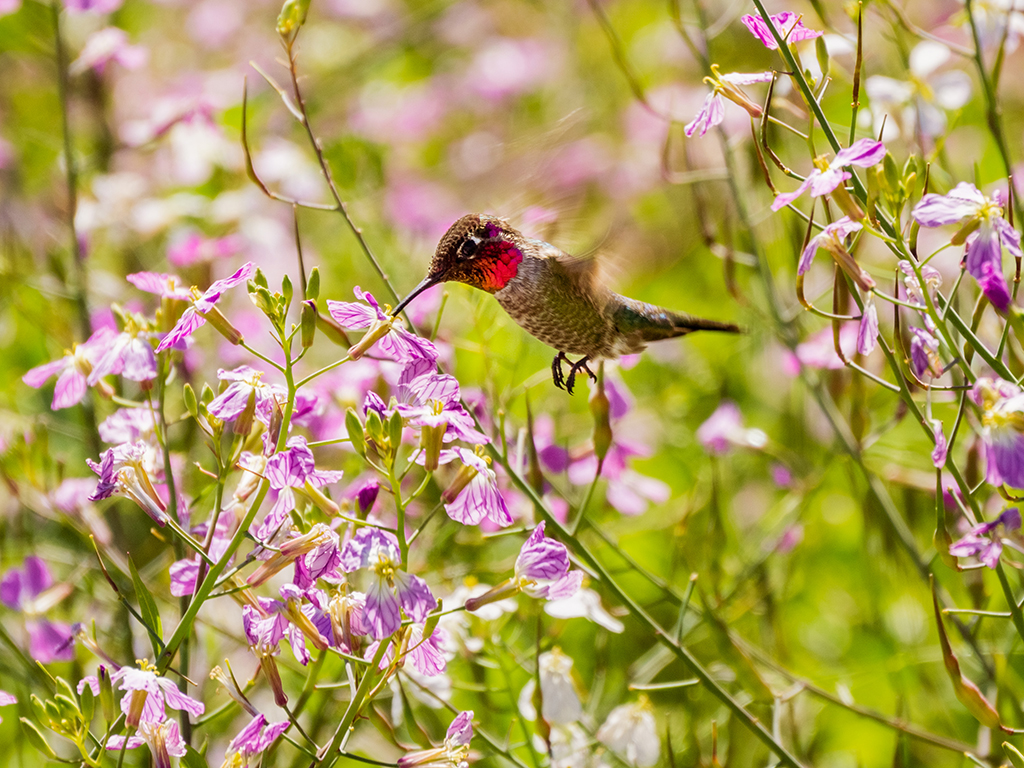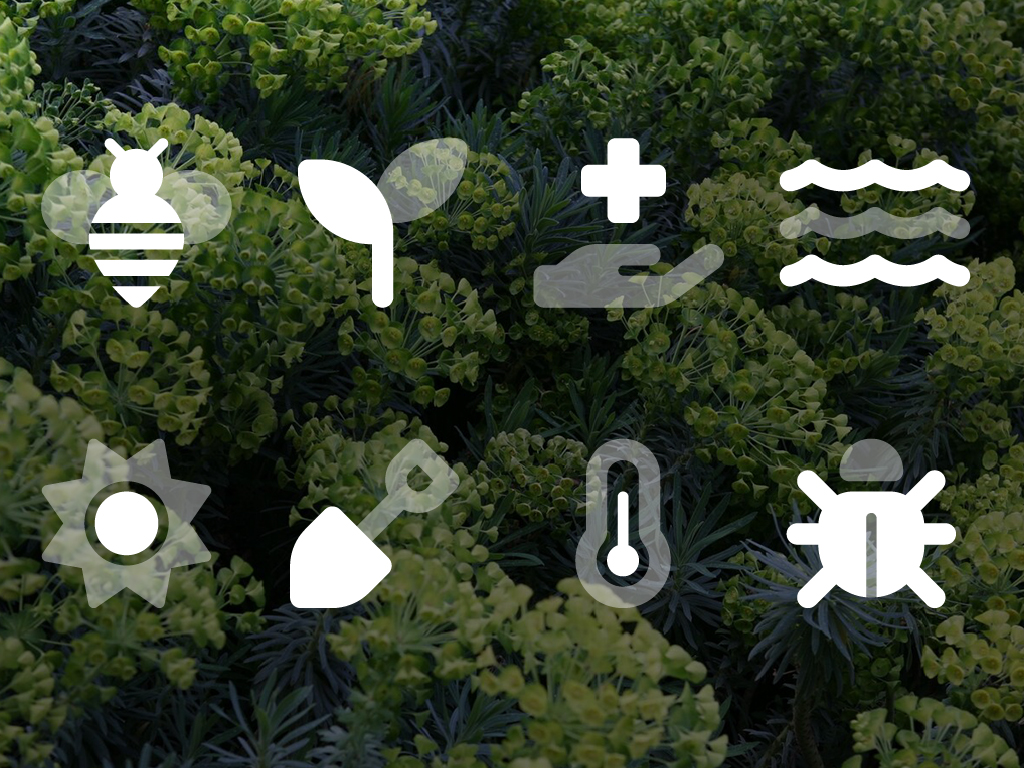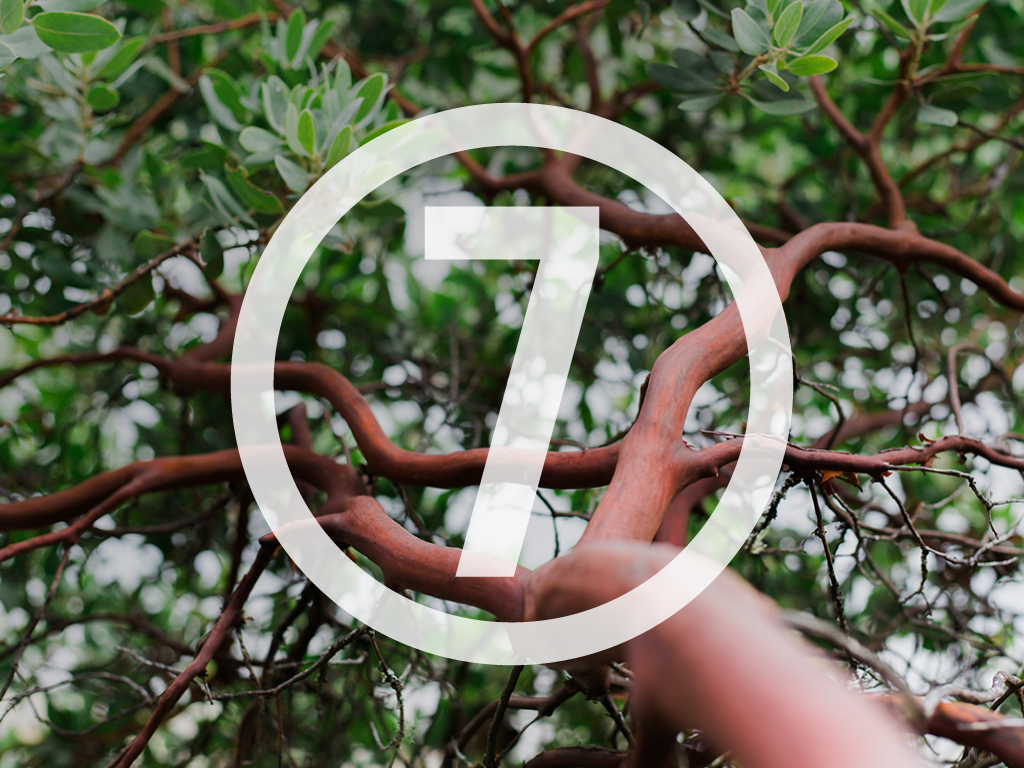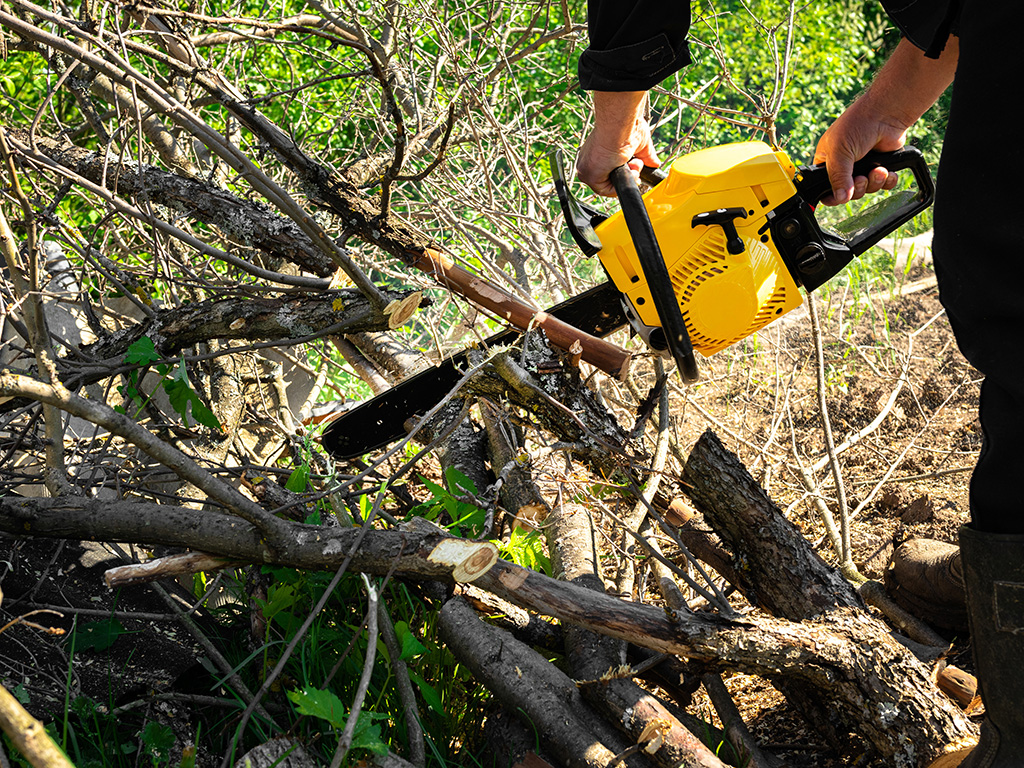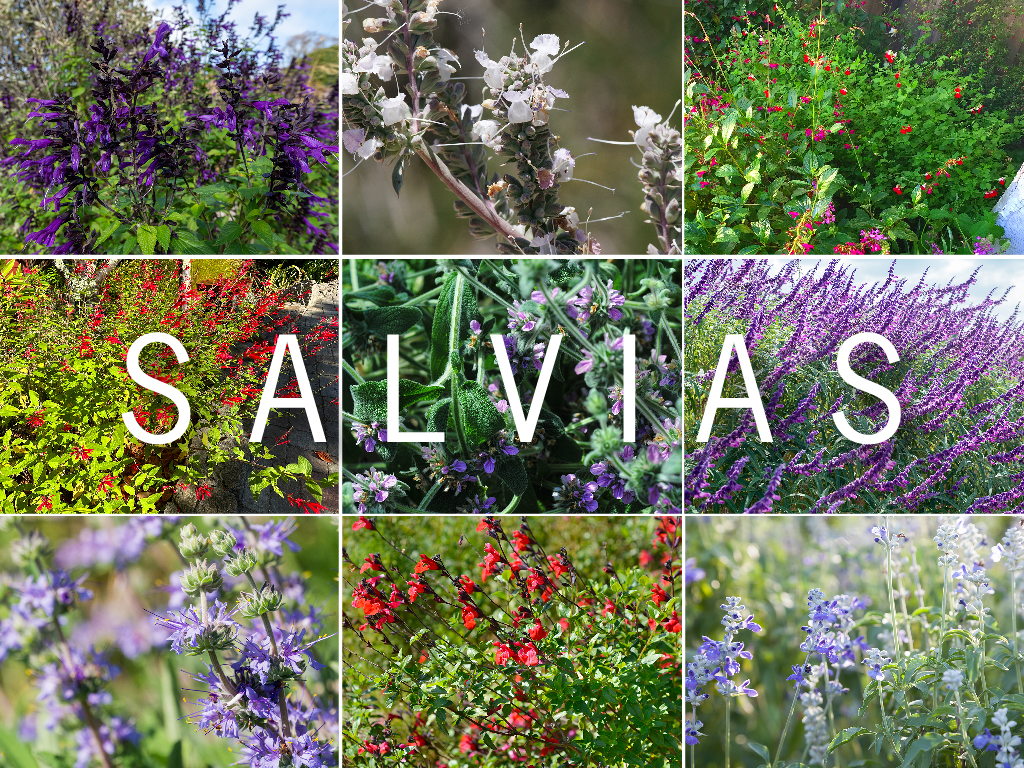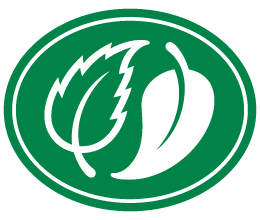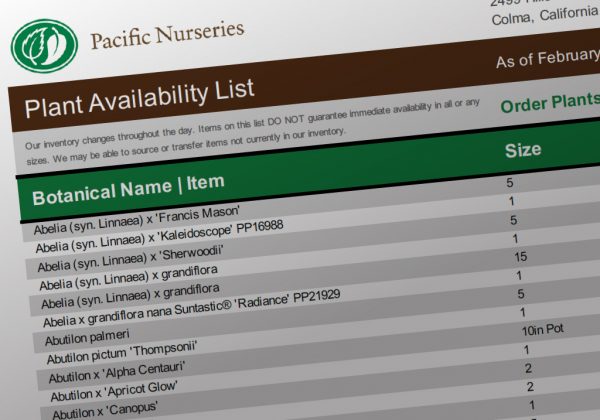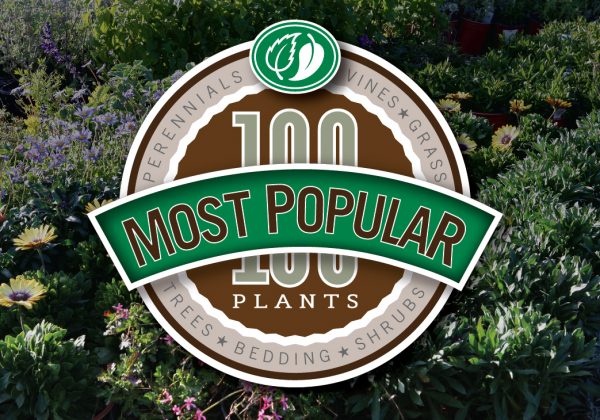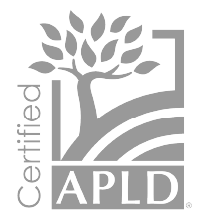But as a Landscape Professional, you have to answer an important question when selecting plants for your project.
“Are you planting the right specimens to attract and help pollinators thrive in the SF Bay Area?”
What’s pollination?
When a pollen grain moves from the anther (male part) of a flower to the stigma (female part), pollination happens. This is the first step in a process that produces seeds, fruits, and the next generation of plants.This can happen through self-pollination, wind and water pollination, or through the work of a select group of animals and insects that move pollen within the flower and from bloom to bloom.
Who does all of the pollination?
Birds, bats, butterflies, moths, flies, beetles, wasps, small mammals, and most importantly, bees are the primary pollinators that provide this essential, life-sustaining service to our environment. They visit flowers to drink nectar or feed off of pollen and transport pollen grains as they move from spot to spot.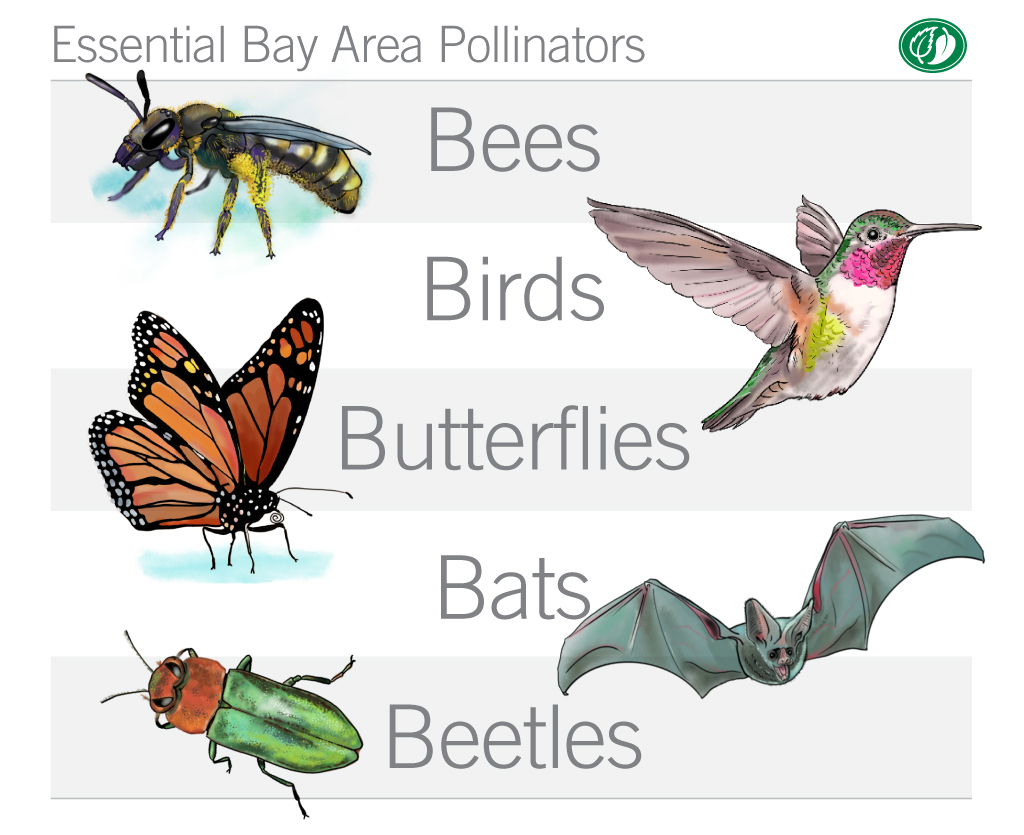
Why should Landscape Pros help pollinators thrive in the Bay Area?
75% to 95% of all flowering plants on the earth need help with pollination. And through the continuous work of pollinators, they provide essential reproductive services to over 180,000 different plant species and more than 1200 crops.This natural, regenerative process provides huge benefits to all life on earth and to all of us here in the Bay Area including:
- | Enabling growth of edible fruits, vegetables + nuts
- | Preventing soil erosion
- | Increasing carbon sequestration
- | Providing +50% of the world’s oils, fibers + raw materials
As a Landscape Pro, it makes sense to support the critical work of these important plant partners in order to promote a healthy Bay Area landscape.
Sustainers of life in jeopardy
Many pollinator populations are in decline due to a severe loss of feeding and nesting habitats and other environmental challenges. Recent data on this disturbing trend reveals:- | Monarch butterfly populations have declined by 90% over 20+ years
- | Scientists consider 25% of bumblebee species in serious decline
- | Pollution, chemical misuse, disease, and climate change are contributing to shrinking pollinator populations
Pollinator Partners hard at work
The dedicated people at Pollinator Partnership are on a mission to promote pollinator health through conservation, education, and research.Executive Director, Laurie Davies Adams, shares the organization’s vision to advocate for an environment that is pollinator-friendly and that supports a sustainable, regenerating landscape. Click the play button below to hear Laurie.
Help pollinators thrive + select the right plants
The best thing that a Landscape Pro can do to help out pollinators is to choose the right plants for your project. Kelly Rourke, Director of Programs and Operations for Pollinator Partnership, adds:Kelly Rourke | Pollinator Partnership
The result is that if you plan and build a landscape optimized for pollinators, they will naturally be attracted to it and you’ll be doing your part to help pollinators thrive.
Consider one or all of them for a beautiful, flowering environment that your clients will love.
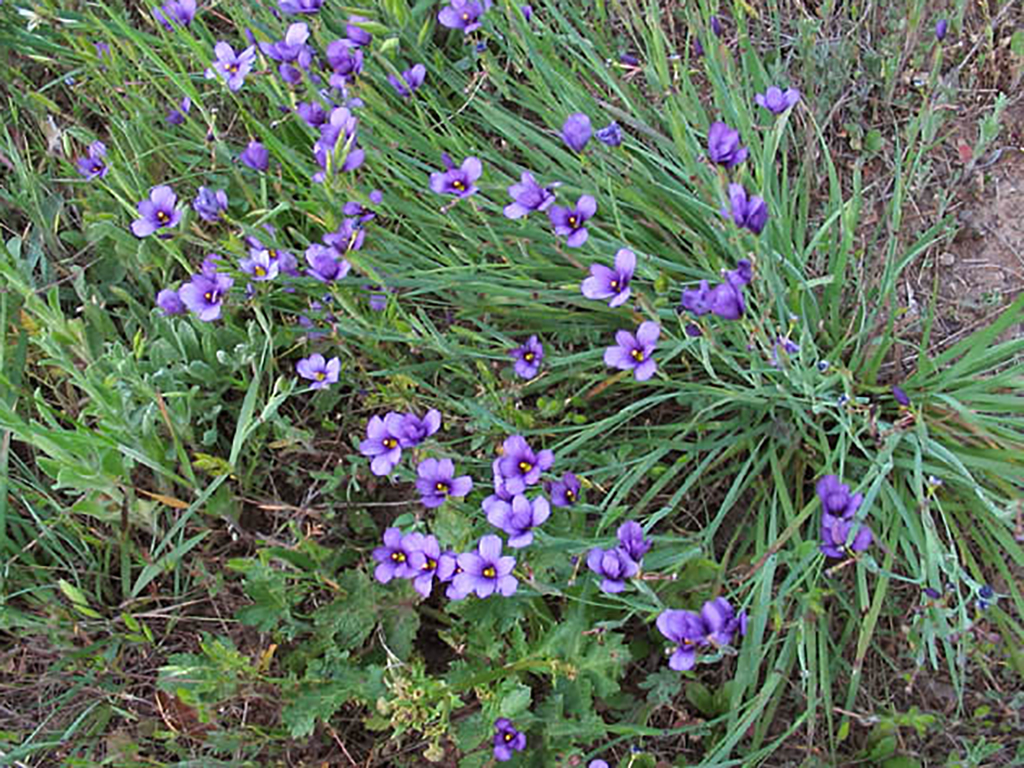
Brandon Young | SF Rec & Park Department

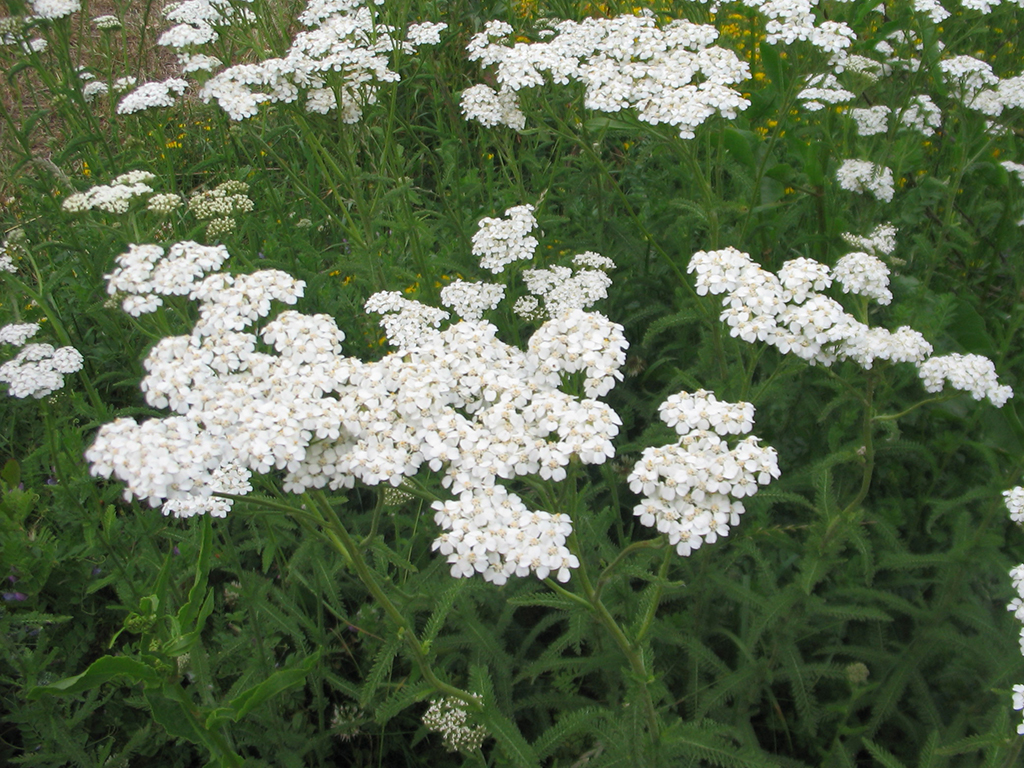
Fuchsia thymifolia
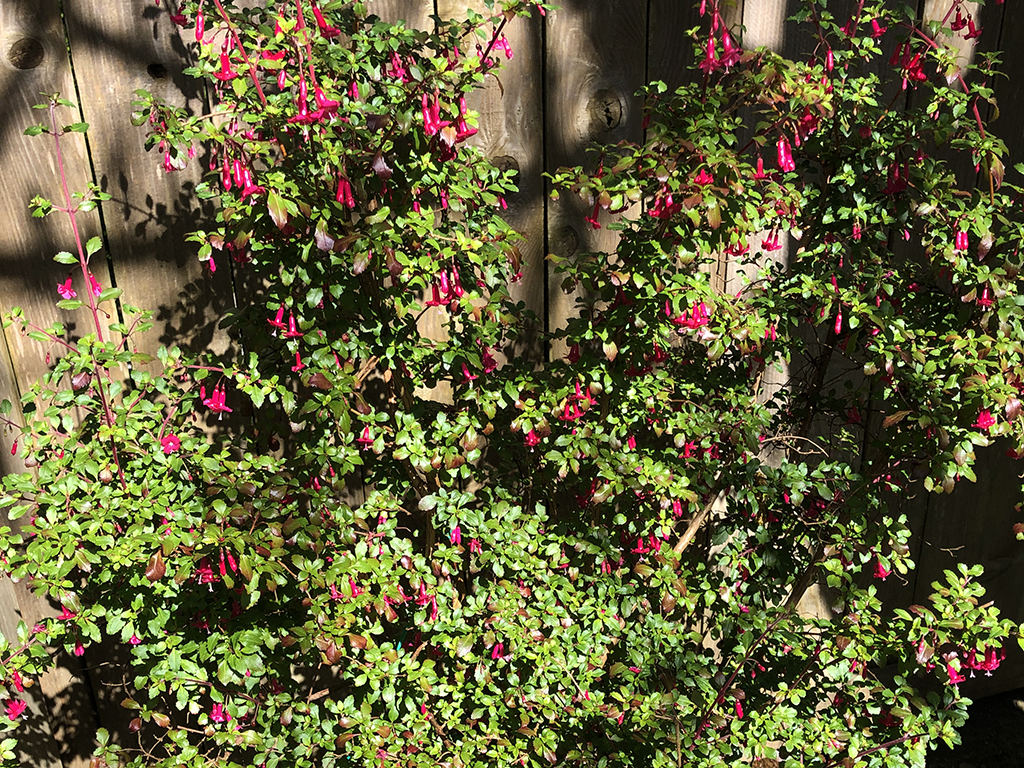
Sophia Blocher | Pacific Nurseries
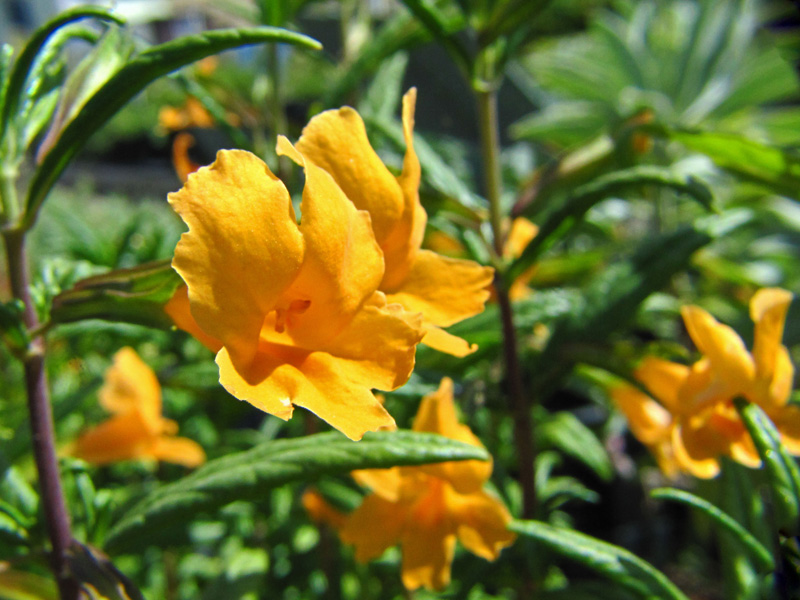
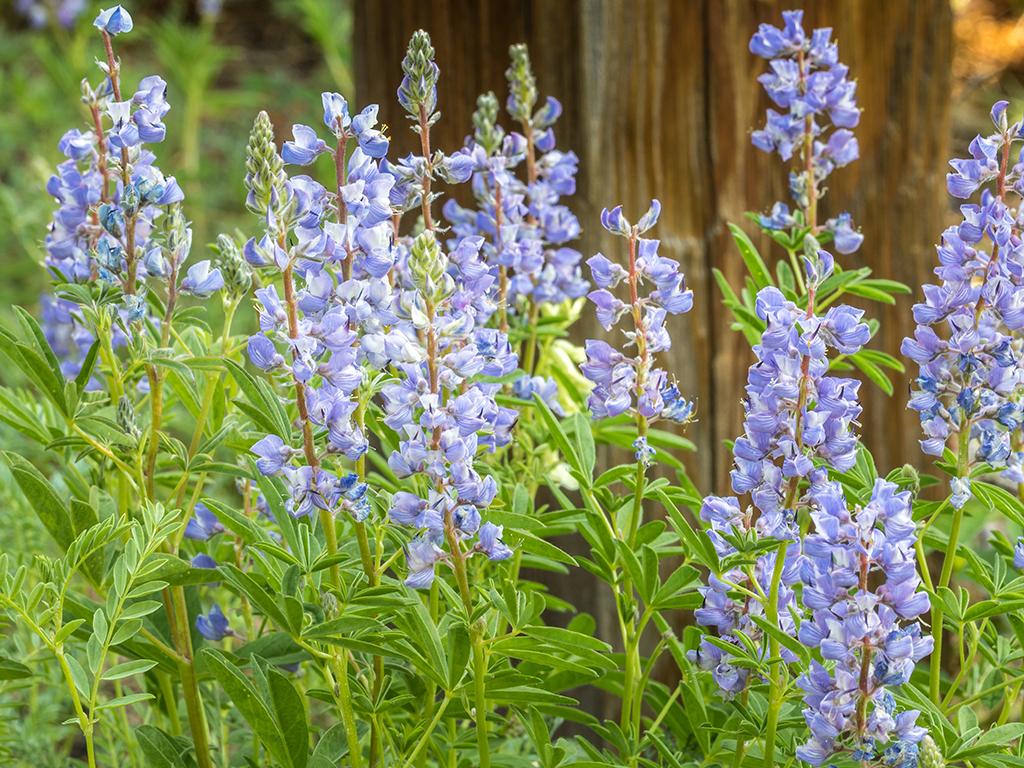
Daniel Clarke | Friends of the Urban Forest

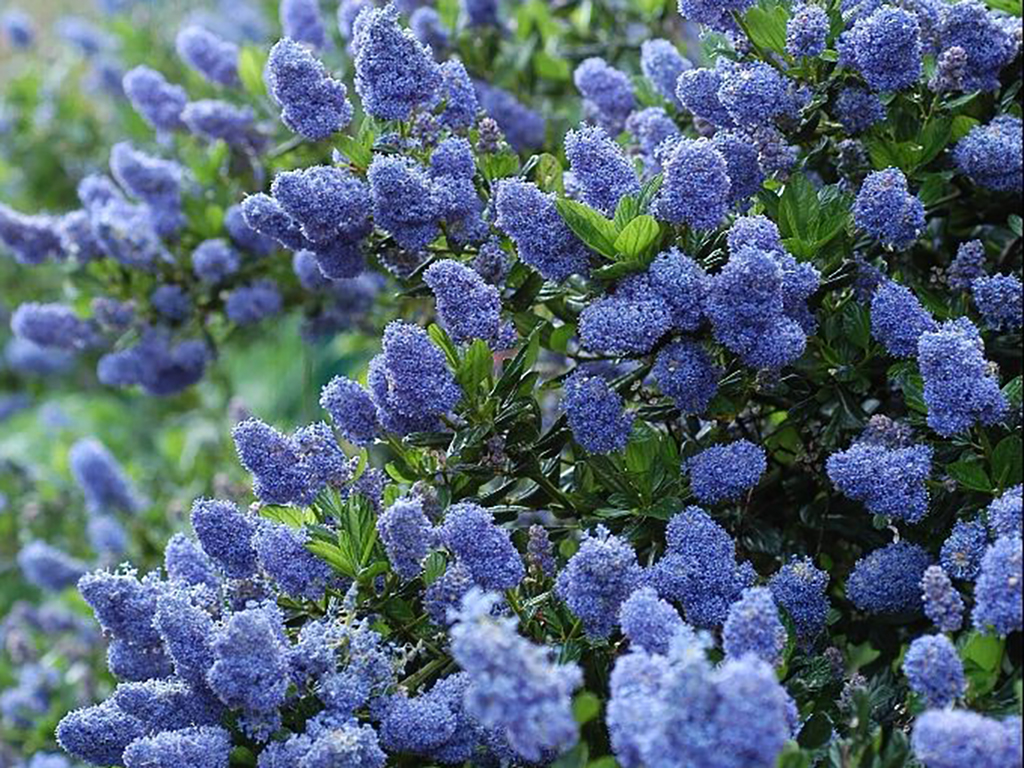
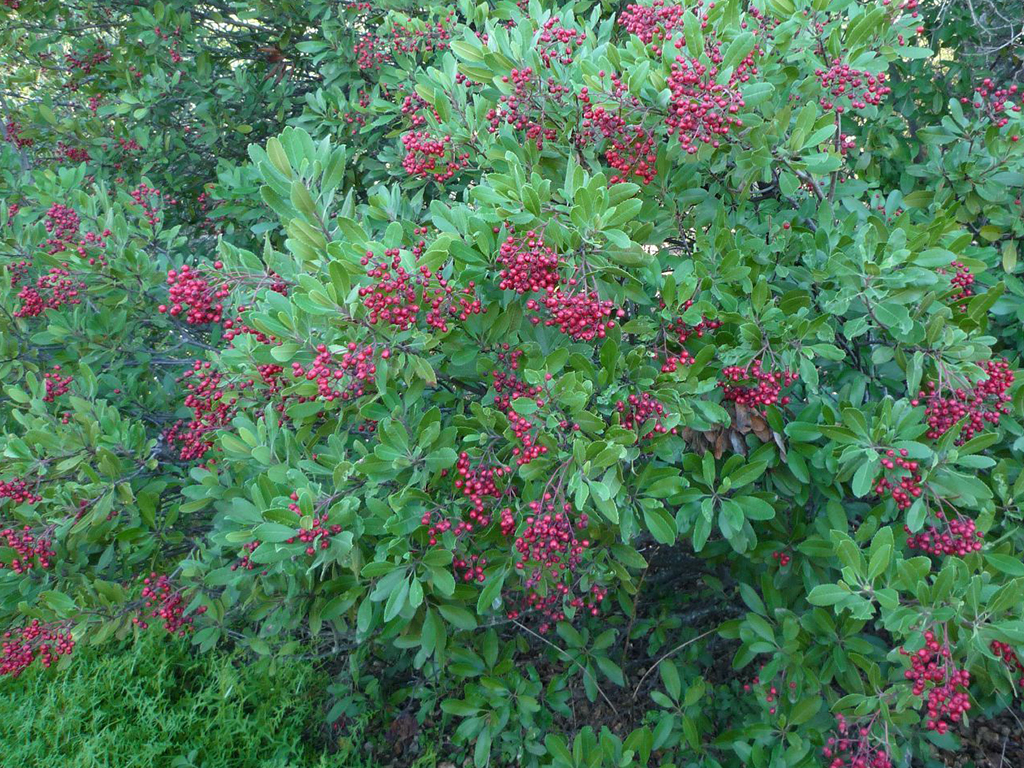
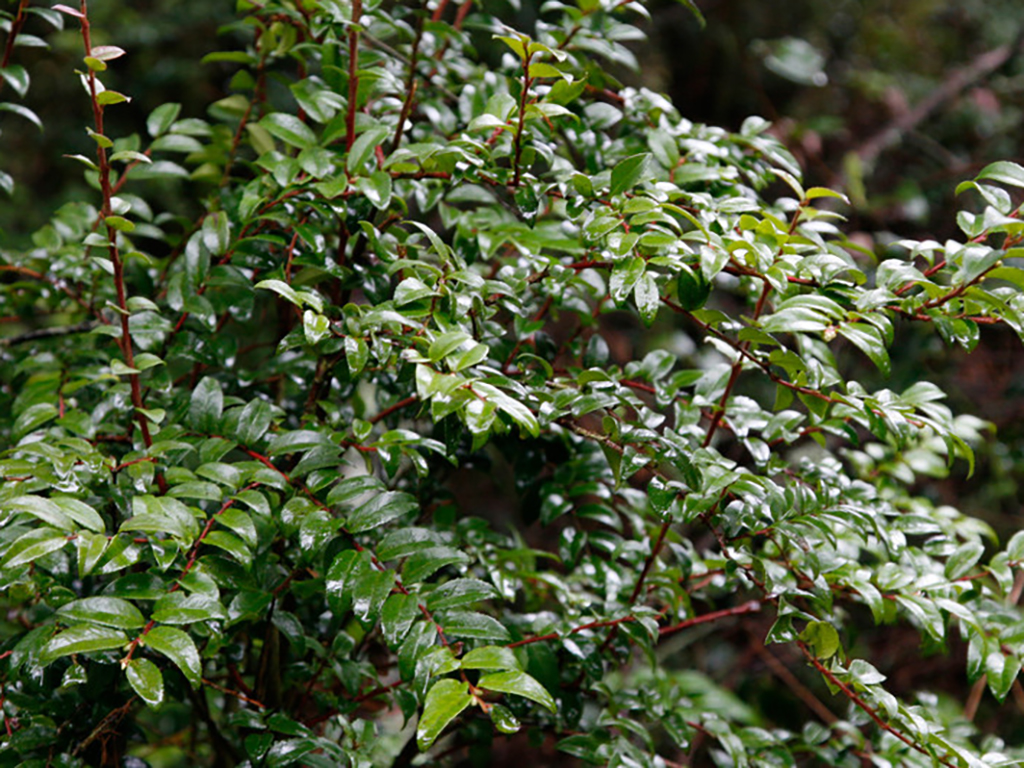
Vaccinium ovatum is a is slow-growing, long-lived, CA native shrub that grows along the coast. It grows upright to 8′ featuring urn-shaped, white flowers that bloom through spring. Fruits are blue or black and edible by pollinators. Leaves are small and medium-green color with new, spring growth that is red. It does best in wet meadows and on slopes with a preference for the sun with some shade.

Jason Fuller | Pacific Nurseries
Rubus calycinoides/pentalobus
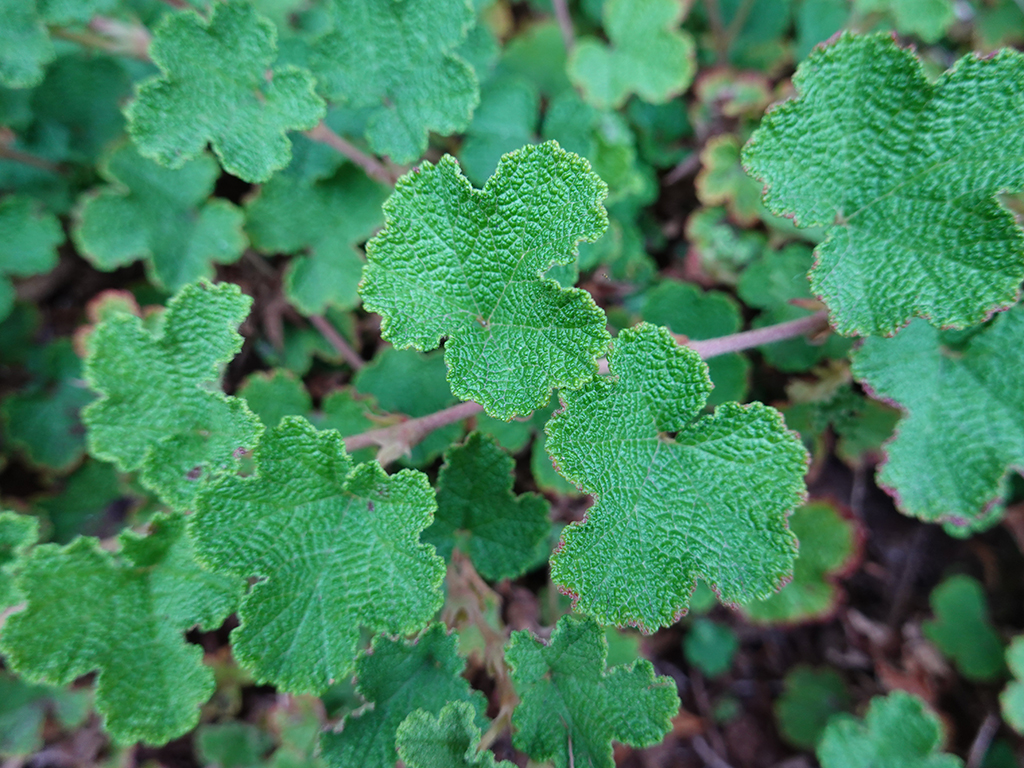
Salvia
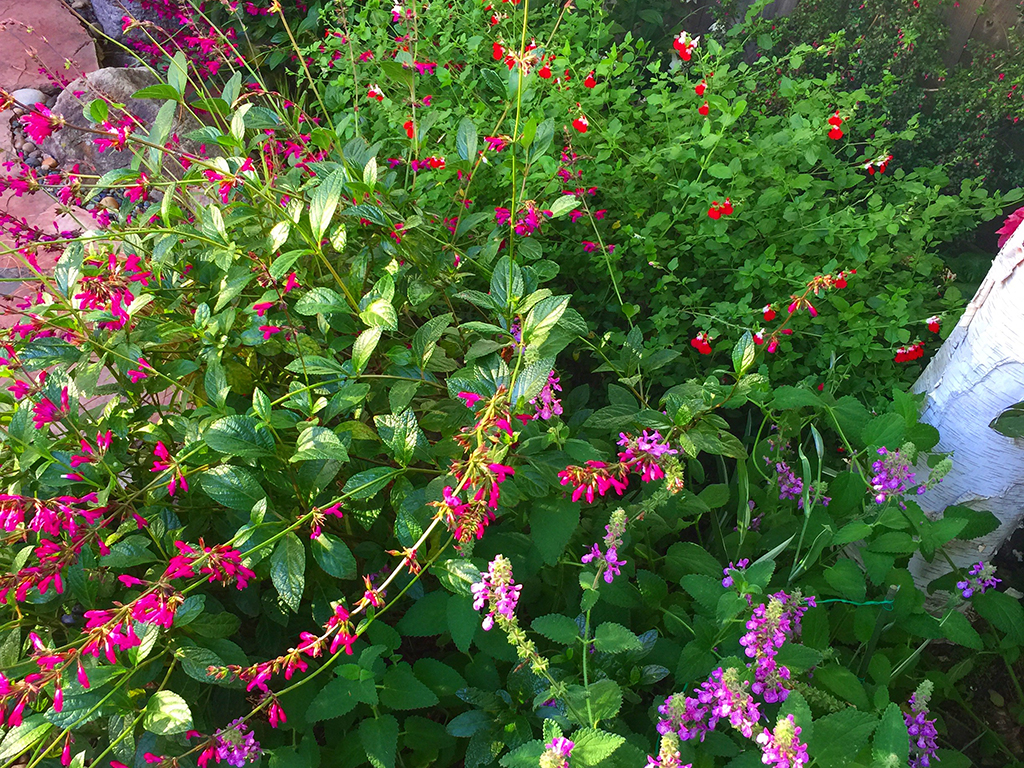
When Salvias flower, they produce a showy display that is exceptionally attractive to pollinators with colors ranging from deep blue to bright red, with some white.
Salvias come in many attractive varieties that prefer sun including: S. leucantha, S. clevelandii, S. microphylla, S. spatahcea, S. chiapensis, S. elegans and many more.
John Herbert | Gentle Giant Gardening + Landscape
More plants that pollinators love
For a larger and even more extensive plant list of pollinator-friendly plants for Bay Area gardens, download this list helpful resource and keep it on-hand as you plan your plant selections. While not every plant on this list is currently in production, please let us know about any specimen that you are interested in. We will do our best to provide it or suggest a relevant alternative.
Pollinator-friendly checklist for Landscape Pros
In order to promote pollinator-friendly, Bay Area landscapes, we’ve prepared a handy checklist for Landscape Pros.
Share it with your community or bookmark it in your browser handy for review before you finalize your project plant list.
Ready to help pollinators even more?
Scientists and researchers have been studying pollinators for over three decades and they have been able to show that conservation techniques work.Landscape Pros, homeowners, local governments, and private industry, all working together can change the outcome for pollinators at risk and secure their healthy future for us all.
If you’re interested in financial support for this important work, your donation would be appreciated.
Serving Landscape Professionals for over 150 years
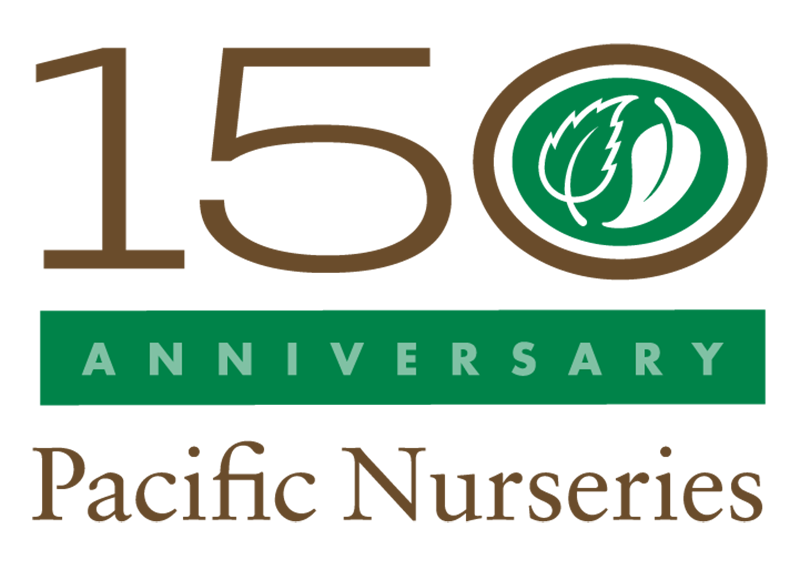 If you’re looking for pollinator-friendly plants or advice—from one plant to an entire installation—we’ve got you covered.
If you’re looking for pollinator-friendly plants or advice—from one plant to an entire installation—we’ve got you covered.As both a grower and a plant broker, we’re ready to work with you to provide just the right trees and native, water-wise plants that will attract pollinators and make your project a success.
It’s one of the many qualities that has made us different from just an ordinary nursery for over 150 years. To get a plant material Estimate or to place an Order, just click on over to use our ONLINE ESTIMATE | ORDER FORM.
Share your favorite pollinators.
Have you installed any great pollinator-attracting plants in your recent projects?Share what has worked well for you with others. Just click the social platform icon of your choice on the sidebar on the left. Or click any of the social icons at the bottom of the page on your mobile device.
We look forward to your contribution.
As the Founder of Pacific Nurseries, Don Baldocchi gets satisfaction from knowing the Bay Area is greener and more beautiful by helping landscape professionals succeed. Email Don or give him a call at 650.755.2330.

